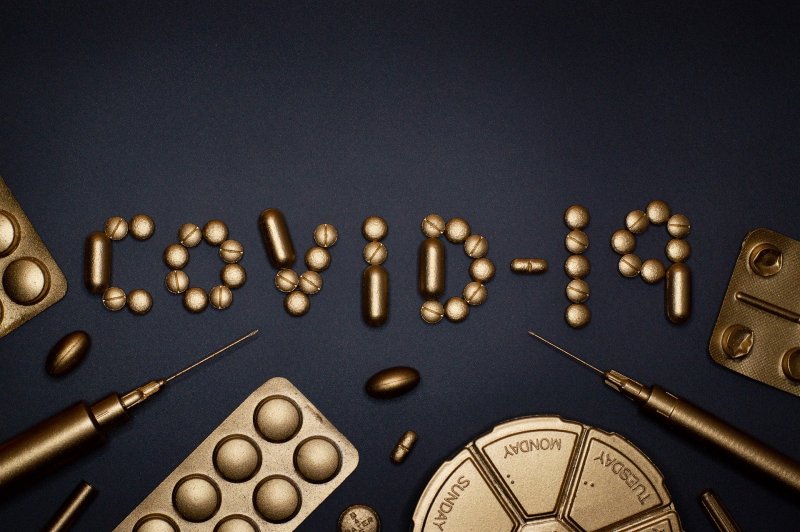Each week, The Daily’s Science & Technology section highlights exciting and influential research happening on campus or otherwise related to Stanford. Here’s our digest for the week of Nov. 1 — Nov. 7.
A new COVID-19 test — dubbed “lab on a chip” and half the size of a credit card — can detect coronavirus within 30 minutes starting with a nasopharyngeal sample swab, a Stanford News study published on Nov. 4 in “Proceedings of the National Academy of Sciences” reports.
According to the findings, the “lab on a chip” takes advantage of microfluidics and CRISPR-based technology to detect the presence of COVID-19. Microfluidics deals with controlling fluids and molecules at the small scales, and CRISPR is a novel gene editing technique.
There are several distinctions between the microlab chip and the current RT-PCR tests used to detect coronavirus, according to mechanical engineering professor Juan Santiago.
RT-PCR tests are “currently only performed in centralized clinical labs using bulky equipment and specially trained technicians,” Santiago wrote in an email to The Daily. “The PCR test by itself takes over 2 hours, and the total turnaround time from sample collection to results can take a few days since the samples need to be transported from collection site to these centralized labs.”
“Our ‘lab on chip’ microfluidic approach is much faster and takes about 30 minutes from sample collection to result,” he continued. “Our goal is to create a device that can be used in the field at the point where the sample is collected.”
The microlab chip also uses a different methodology: Electric fields prepare each sample and facilitate coronavirus detection. All this occurs in channels as small as a single strand of human hair.
Santiago’s research team utilized the CRISPR-Cas12 enzyme to detect target nucleic acids in the sample with a high degree of specificity.
“Our assay involves three stages including sample prep, amplification, and CRISPR-based nucleic acid detection,” Santiago wrote.
The CRISPR detection step relies on a mechanism called collateral cleavage.
“We discovered that electric fields generated within a microfluidic chip in a process called isotachophoresis (ITP) can be used to accumulate the CRISPR reagents (including Cas-12 enzyme, target molecules, and reporter molecules)” into a small volume, and can concentrate these molecules by roughly 1,000-fold, Santiago wrote.
“This dramatically accelerates the enzyme reactions and also focuses the fluorescence reporter molecules produced by one of these enzyme reactions,” he added.
Fluorescence indicates that the sample is positive for coronavirus nucleic acids.
Currently, the microlab chip performs the sample preparation and CRISPR detection on the chip itself, whereas the isothermal amplification — the process of amplifying DNA at constant temperature — is performed outside the chip. However, the research team is working on integrating all three steps into a single, automated chip, according to Santiago.
“The COVID-19 pandemic has revealed major gaps in our current ability to respond to new pathogens,” he wrote. “Rapid, accurate, and easily configurable molecular diagnostic tests are imperative to prevent global spread of new diseases. Early-stage screening and rapid identification of infected patients are also important to treat the infected in a timely manner.”
Even after the COVID-19 pandemic ends, Santiago’s team is hopeful that the “lab on a chip” technology will continue to be used in the diagnosis of other infectious diseases and future pandemics.
“We believe field deployable and point-of-care testing methods offered by ‘lab on a chip’ technologies can address these requirements and radically change our approach to testing in the future,” he added.
Yash Dalmia contributed reporting.
Contact Derek Chen at derekc8 ‘at’ stanford.edu.
